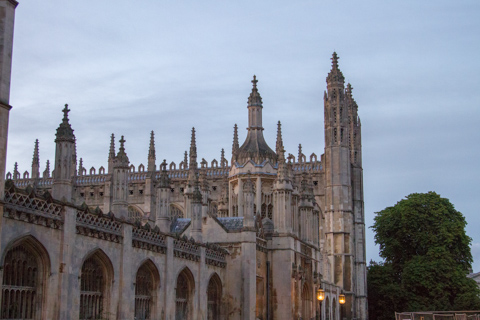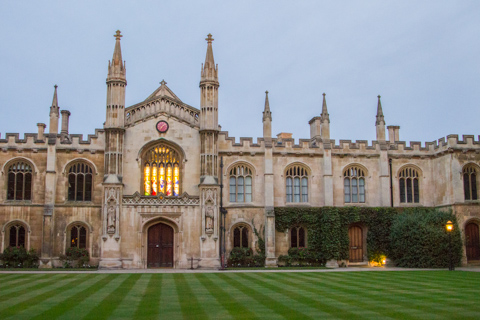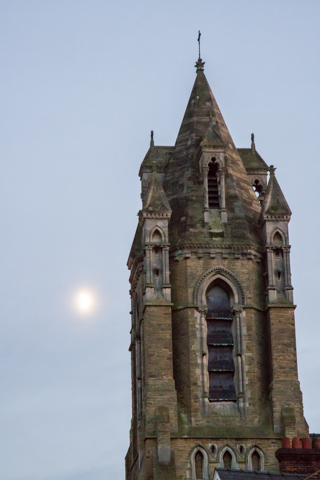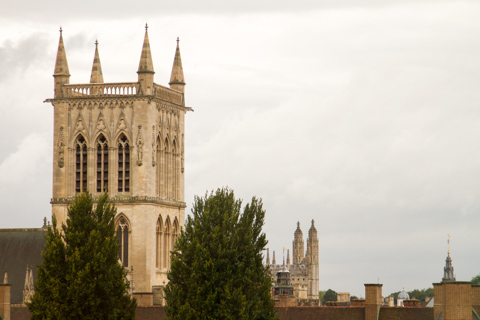
This is the view from our hotel - The Varsity Hotel - in Cambridge. The hotel was nice - and very close to the city center so it was easy to get to all the sites from our room. The great tower is from St John's College and in the background you can make out the twin towers of King's College.
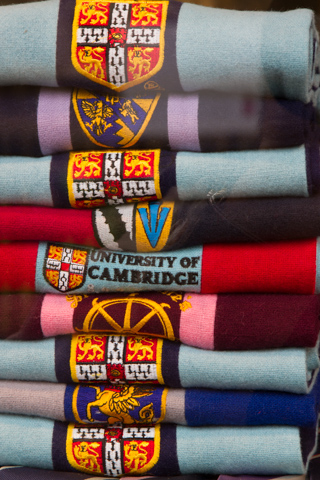
Cambridge comprises 31 Colleges and over 150 departments, faculties, schools and other institutions. So the student applies to one of the colleges, and really the college seems to be more like dorms - and then depending on your studies, you visit other colleges or facilities.
All students are awarded their degree from the centralized administrative organization of Cambridge University.
So all the various colleges have their own colors and crests.
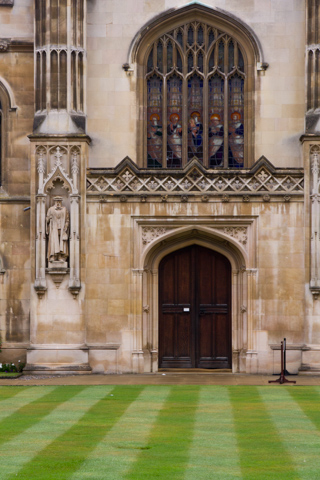
Our first college experience was Corpus Christi - beautiful grounds. Founded in 1352 by the Guilds of Corpus Christi and the Blessed Virgin Mary, it bears the distinction of being the only College in Oxford or Cambridge founded by their citizens.
We would learn more about the grass in our walking tour - all the grounds were spectacular.
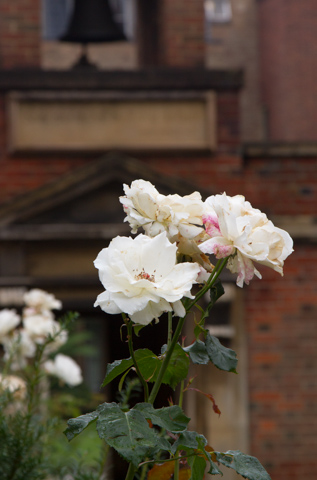
Thought this was kind of funny - a hotel generating funds to build a college: " In 1626 Dr John Gostlin bequeathed the Bull Inn to the College. The College used the revenue from the Inn to fund six new scholarships and to build a new building on Queens' Lane. "
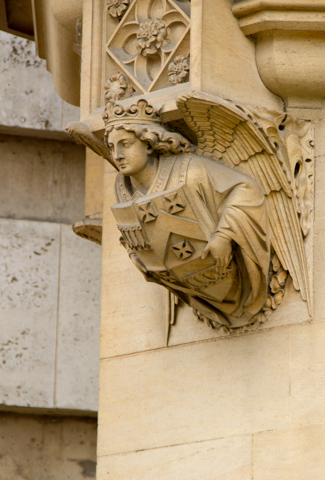
We spent a few hours just walking around the town center before our walking tour.
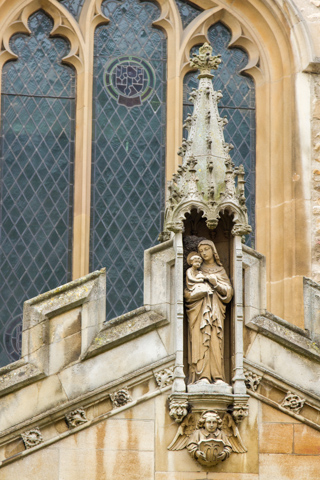
Great St Mary's is an Anglican church in a parish of the Diocese of Ely. It is the University Church, Cambridge.
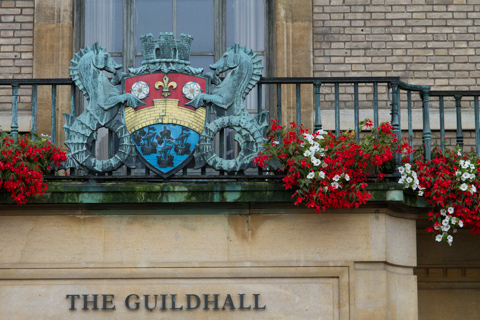
It is also used by the University of Cambridge for certain examinations. It is owned and managed by Cambridge City Council, and it is their seat of government.
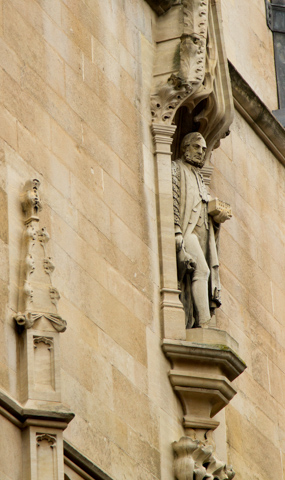
Old Cavendish Laboratory - the new lab moved to a much larger building out from the city center. The first Cavendish Professor of Physics was James Clerk Maxwell, one of the most influential physicists of all time, who developed the theory of electromagnetism. Here, in 1897, J.J.Thomson, discovered the electron. And here in 1932, under leading particle scientist, Ernest Rutherford, the atom was split for the first time giving birth to the study of nuclear physics.
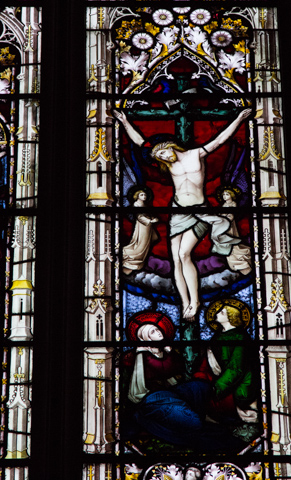
The college was founded in 1448 by Margaret of Anjou (the Queen of Henry VI), and refounded in 1465 by Elizabeth Woodville (the Queen of Edward IV). This dual foundation is reflected in its orthography: Queens', not Queen's. The full name is The Queen's College of St Margaret and St Bernard.
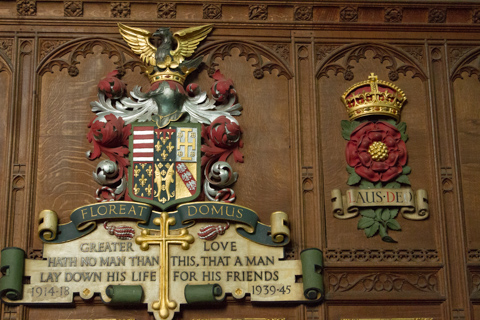
These arms are those of the first foundress Queen, Margaret of Anjou.
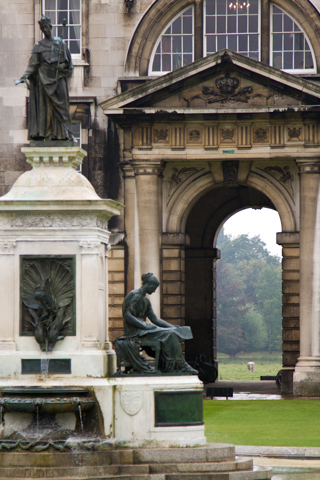
The Fountain in the middle of the quadrangle is a statue of the founder Henry VI. The king founded the college in 1441, and dedicated it to St Nicholas, his patron saint.
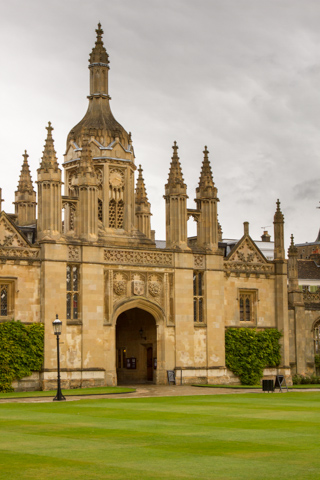
Until recently the head of the Porters lived in the gate house - now just administrative offices.
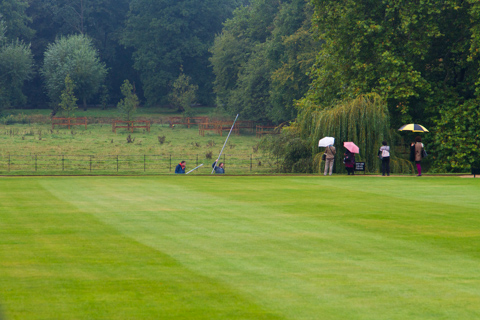
Again the beautiful grass
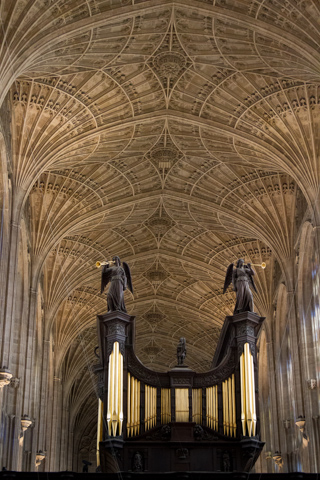
The foundation stone was laid in 1446 and it took over a century to build.
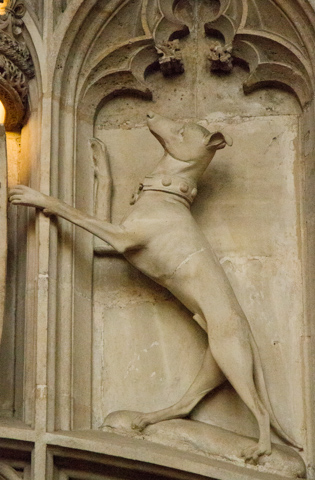
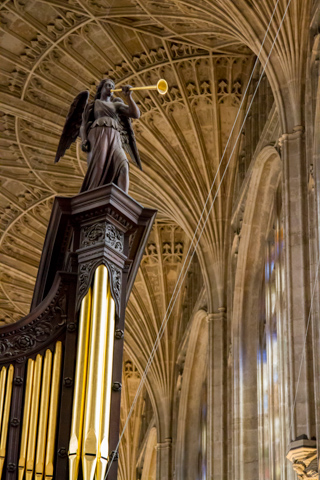
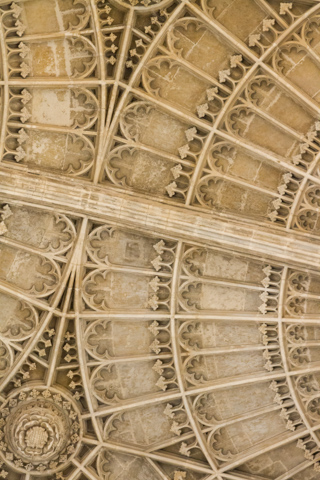
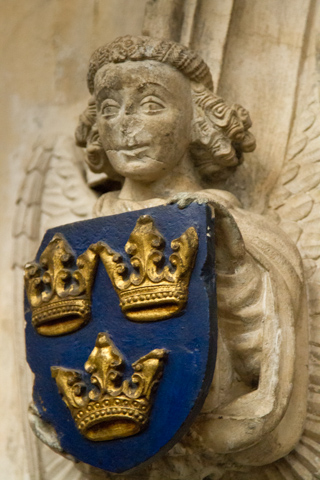
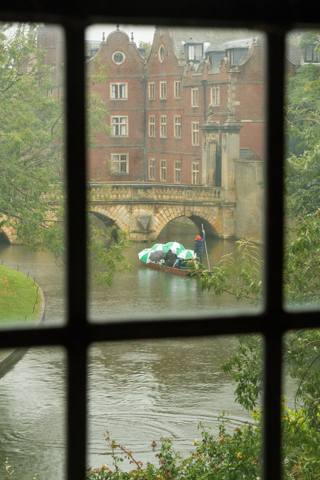
Now it was really raining and we got very wet walking to Trinity College - next to King's College. We were hurrying to visit the Wren Library before it closed. Here we saw Isaac Newton's first edition of Philosophiae Naturalis Principia Mathematica and other great books.
The library is a single massive room - beautiful. No cameras are allowed. This picture is from the staircase looking toward the Cam where people were boating in the rain.
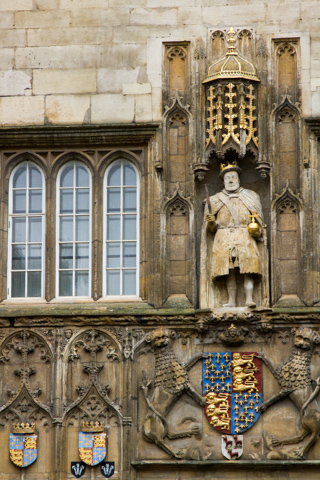
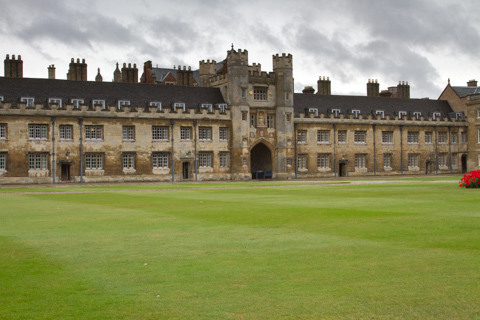
Many have tried to run the 341 metres around the court in the 43 seconds that it takes to strike 12 o'clock, a feat recreated in the 1981 film Chariots of Fire. Only two people have achieved the feat.
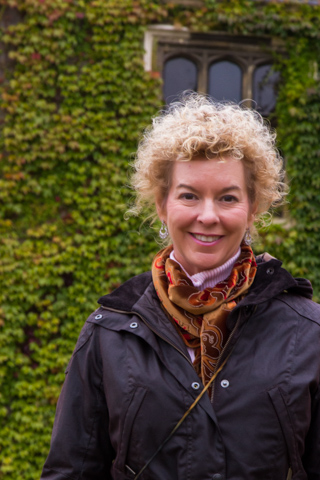
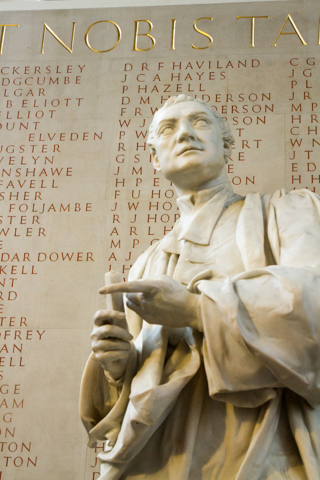
In the front of the Church is a room with tributes to the many (31) Nobel Prize winners from Trinity including this statue of Sir Isaac Newton with the names of all the Nobel Prize awardees on the wall.

Much controversy about which tree Newton was sitting under when he developed his theory of gravity. Of course Trinity College would like to have the claim - they do not have the original tree but this is a descendant of the original tree. It is growing outside the main gate of Trinity College, below the room where Newton lived when he studied there.
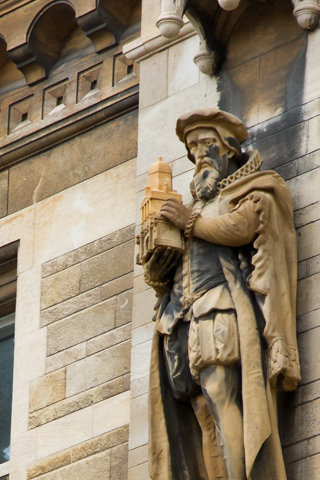
In his hands is a model of the Gate of Honor used only for special occasions such as graduation.
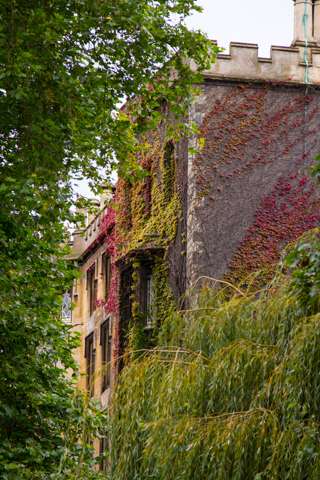
Punting on the Cam takes you past or through many of the colleges of Cambridge.
This is one of the buildings near St John's - might be a dorm there.
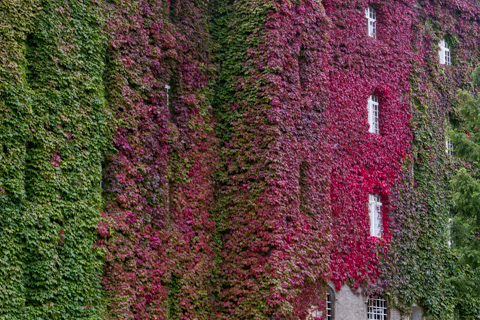
The building is a wall of the New Court - completed in 1831.
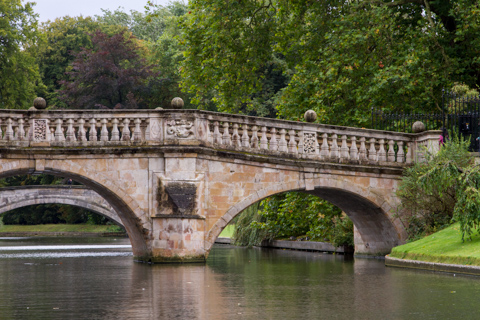
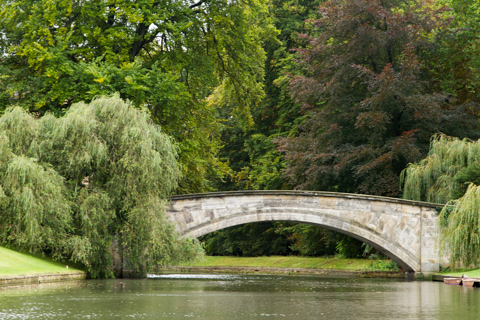
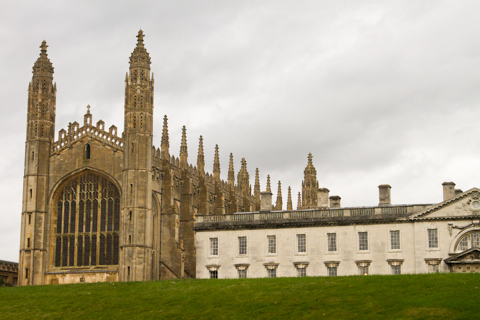
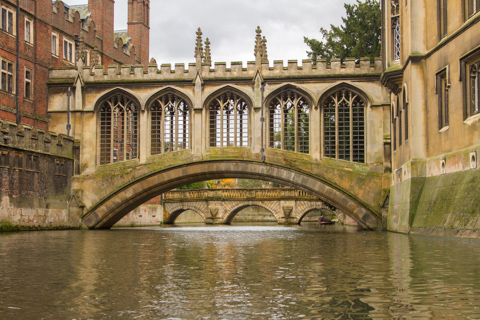
The bridge is the architectural work of Henry Hutchinson, who died after completing the bridge in 1831.
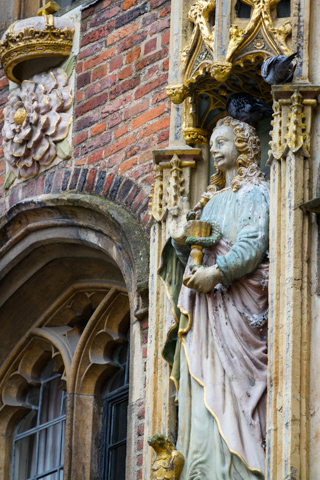
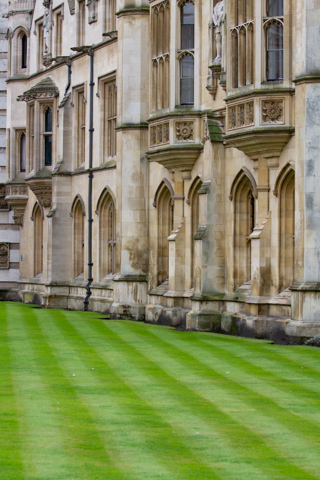
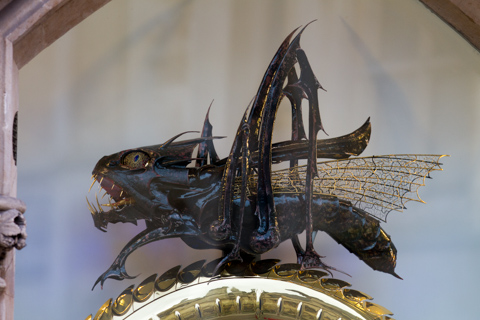
The clock is at street level outside the Taylor Library at Corpus Christi College. It was conceived and funded by John C. Taylor, a member of the college and cost over a million pounds to build.
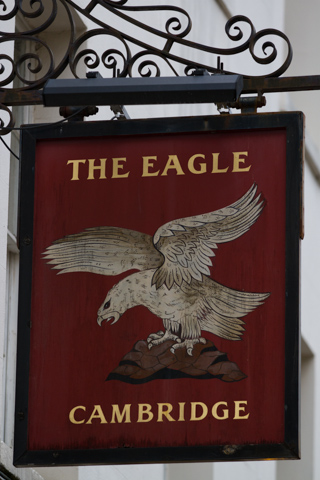
It is the place where Francis Crick interrupted lunchtime on 28 February 1953 to announce that he and James Watson had 'discovered the secret of life' after they came up with their proposal for the structure of DNA.
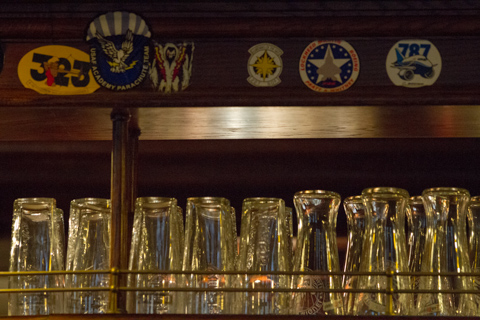
Here is a picture of the glasses and some of the patches which cover the walls.
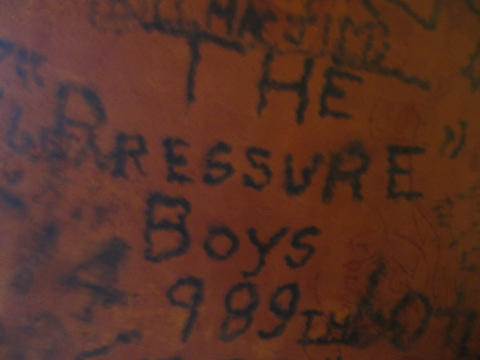
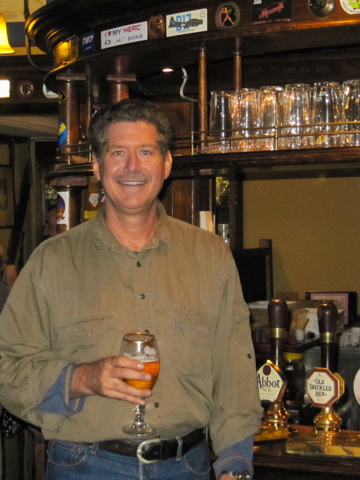
Dinner this night was at a chain called Loch Fyne - great seafood.
